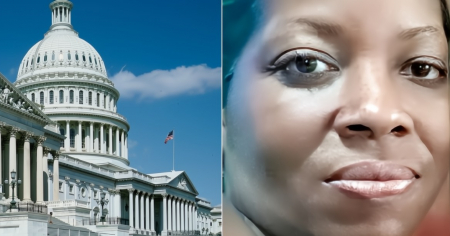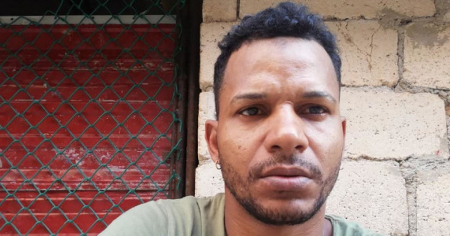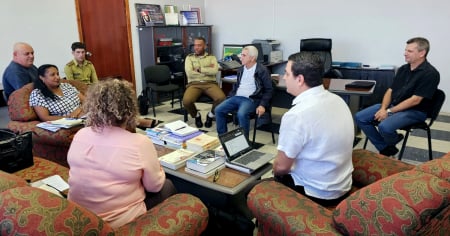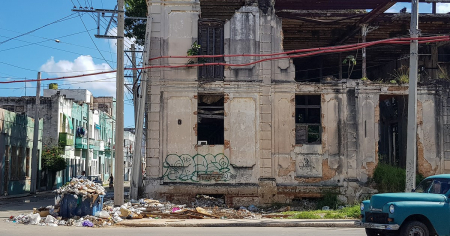The Foundation for Human Rights in Cuba (FHRC) has updated its project "Cuban Repressors", adding new individuals to its list of those connected to serious human rights violations on the island, some of whom already reside in the United States or are on their way to that country.
Since August of last year, the list has increased from 115 to 135 repressors who have entered U.S. territory through various means.
According to Rolando Cartaya, project coordinator, since its creation in 2017 until February 2025, the initiative has identified, researched, and exposed 1,130 repressors, of which 135 have managed to enter the United States or are in the process of doing so.
Risk to security and reports of immigration fraud
The FHRC warned about the danger posed by the presence of these individuals in the U.S., noting that most are linked to the repressive and military bodies of the Cuban dictatorship.
"This update is crucial, as those mentioned have been involved in international crimes and others recognized by the Rome Statute as crimes against humanity," stated the foundation in a press release.
He also warned that many of these repressors have entered the country under false statements to immigration authorities, which, in addition to being a federal crime, undermines the integrity of the justice system and the protection of fundamental rights.
Cartaya emphasized—in statements to America Tevé—that for these repressors to have managed to enter the United States, they must have concealed their repressive history in Cuba during their immigration process.
He also questioned the ease with which they have been able to leave the island in recent times, despite having belonged to such repressive structures as the Ministry of Interior, the Communist Party, or the regime's prosecutor's office.
Access to the list and reporting mechanisms
The FHRC has made the complete list of repressors available to the public on its digital platform, where it is possible to consult the profiles of the accused, including the most recent ones identified between October 2024 and January 2025.
"With this effort, the Foundation for Human Rights in Cuba reaffirms its commitment to the defense of human rights and justice, and pledges to continue working tirelessly to ensure that these crimes do not go unpunished," the organization added.
Moreover, the foundation urged those who have information about other perpetrators to report them through its interactive database, providing details about the accused and the events in which they participated.
Cartaya recalled that the platform allows any citizen to identify these human rights violators by filtering the records by location and accessing detailed profiles of each perpetrator.
Frequently Asked Questions about the Presence of Cuban Repressors in the United States
How many Cuban repressors are currently in the United States according to the FHRC?
The Foundation for Human Rights in Cuba (FHRC) has identified 135 Cuban repressors who have entered the United States or are in the process of doing so. This figure is part of a total of 1,130 repressors that the organization has documented since 2017.
What risks does the presence of Cuban repressors in the United States pose?
The presence of Cuban repressors in the United States poses a risk to security, as many of them are linked to repressive bodies and military forces of the Cuban regime. Furthermore, they have entered the country under false statements, which constitutes a federal offense and undermines the integrity of the justice system.
What actions are being taken to identify and deport Cuban repressors in the United States?
The Cuban-American congressman Carlos Giménez has committed to identifying and deporting Cuban repressive agents residing in the United States. The FHRC collaborates by providing information and reports to U.S. authorities, and official investigations have been conducted into some of the accused.
How can the public access the list of Cuban repressors identified by the FHRC?
The FHRC has made the complete list of repressors available to the public on its digital platform. On this platform, it is possible to consult the profiles of the accused, and the public is encouraged to provide additional information about other repressors.
What role has migration played in the increase of Cuban repressors in the United States?
The increase of Cuban repressors in the United States has been facilitated by an unprecedented wave of migration, which has allowed for the massive influx of Cubans through various avenues, including the southern border of the U.S. and programs such as humanitarian parole.
Filed under:





